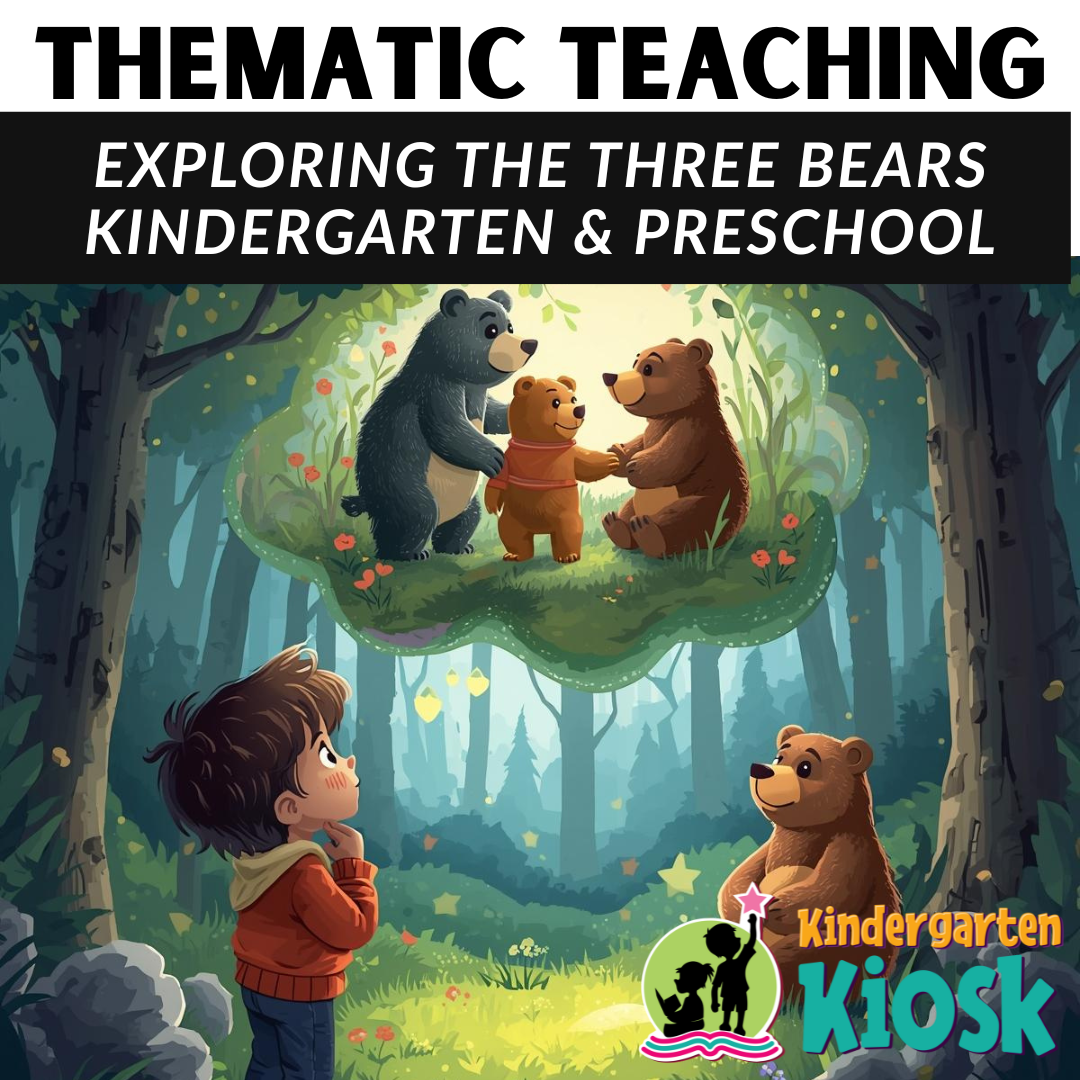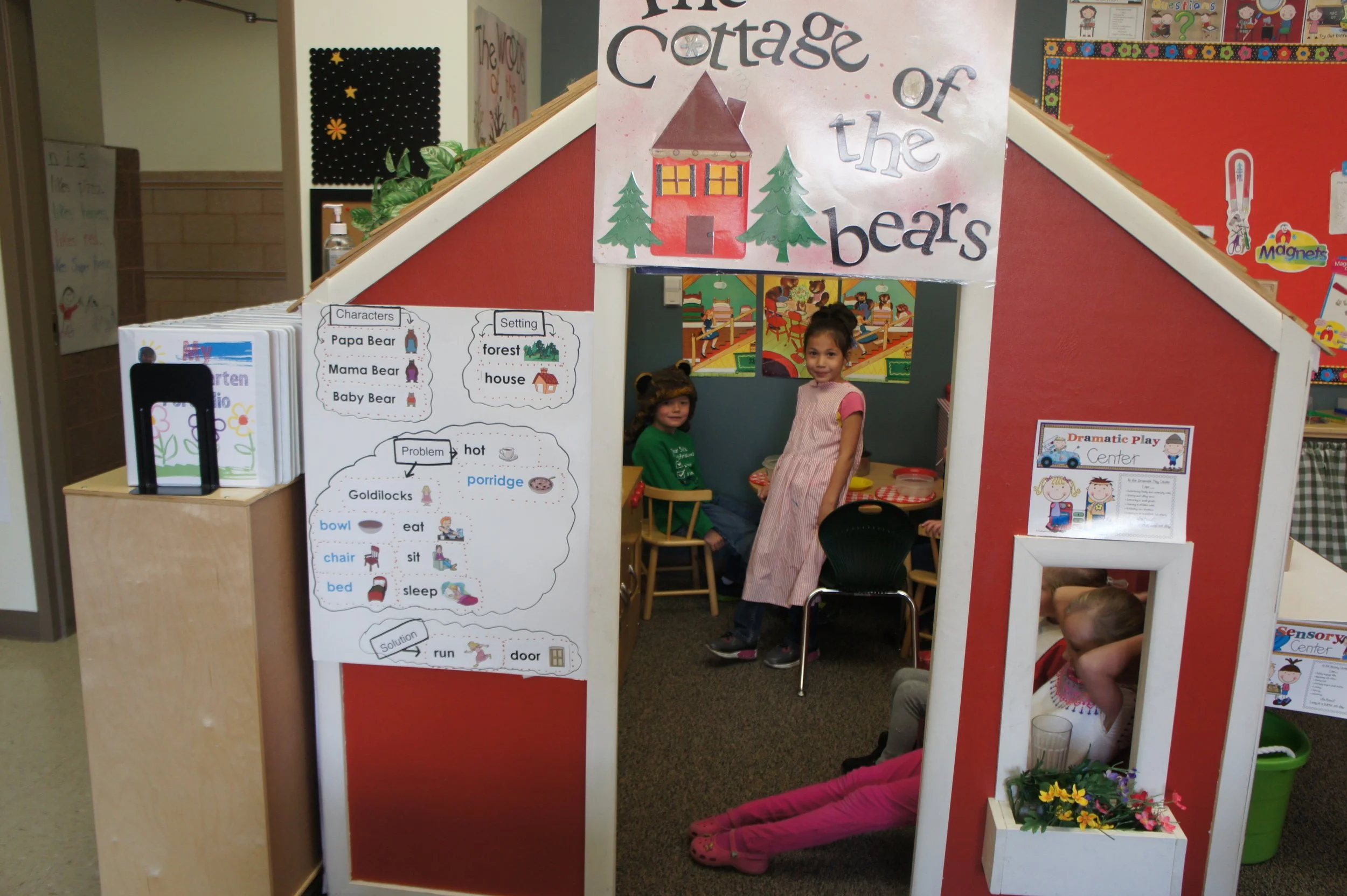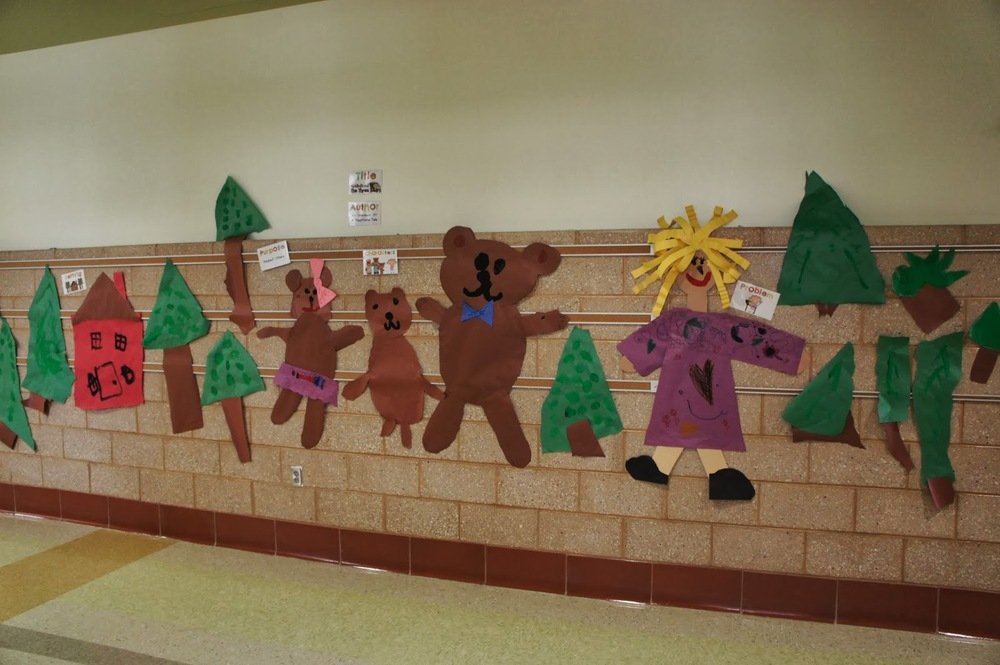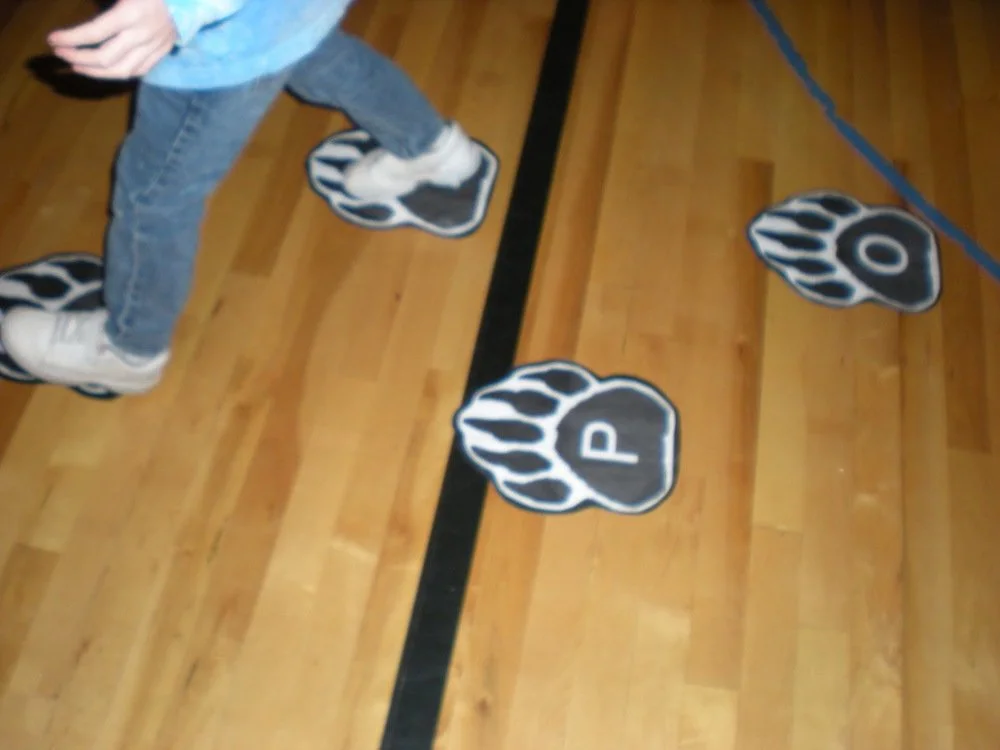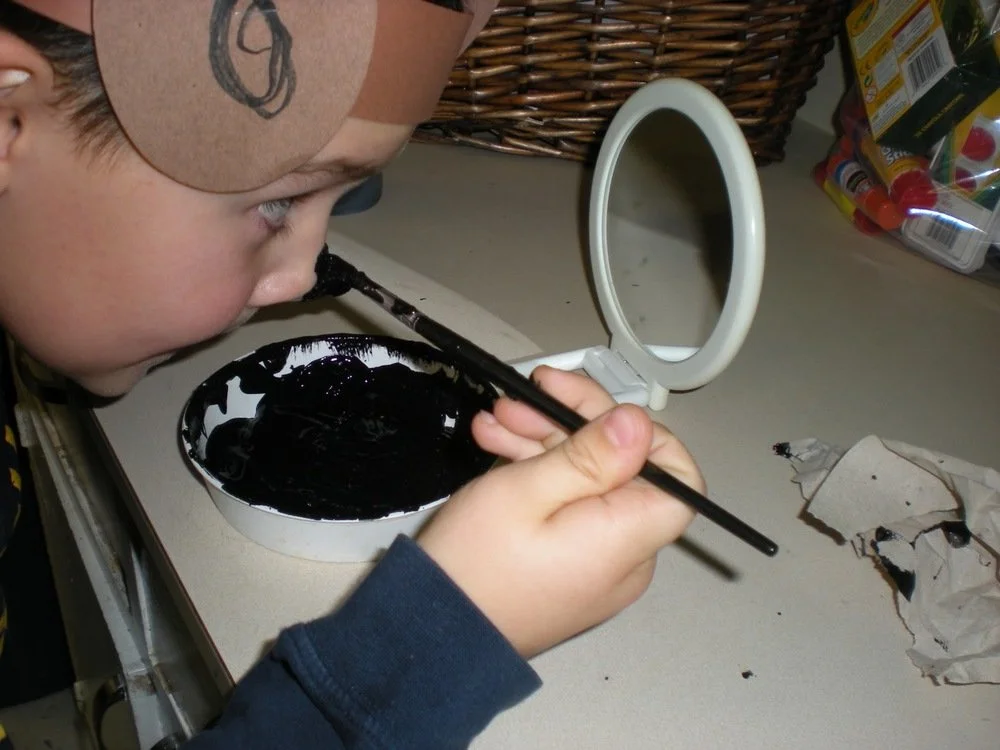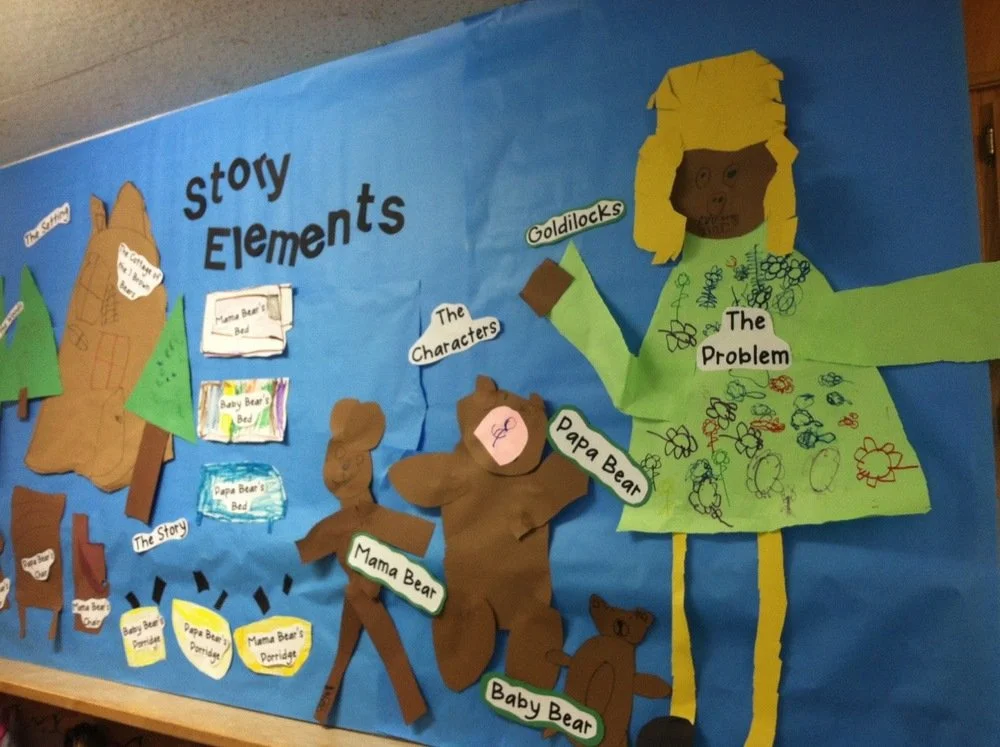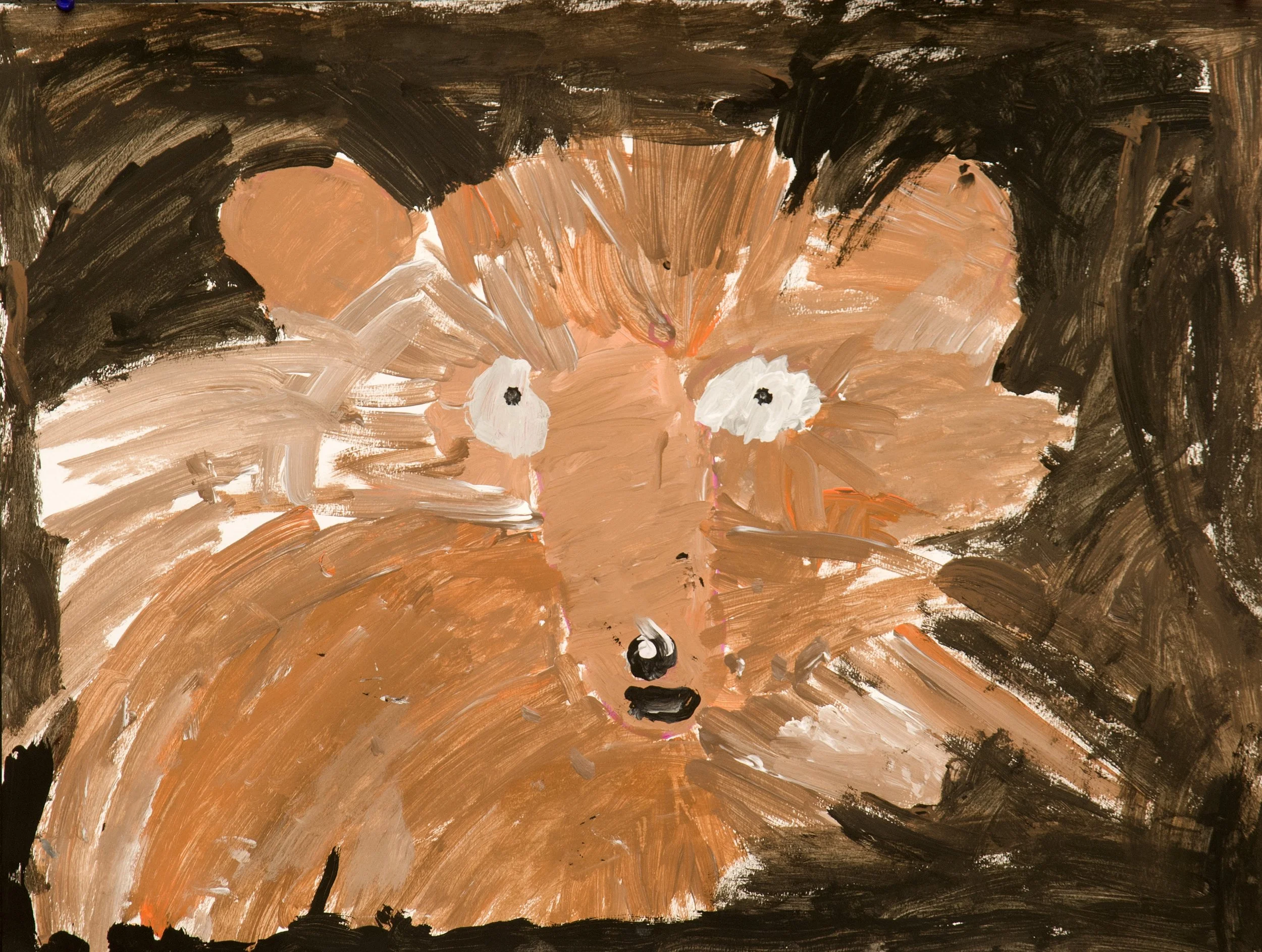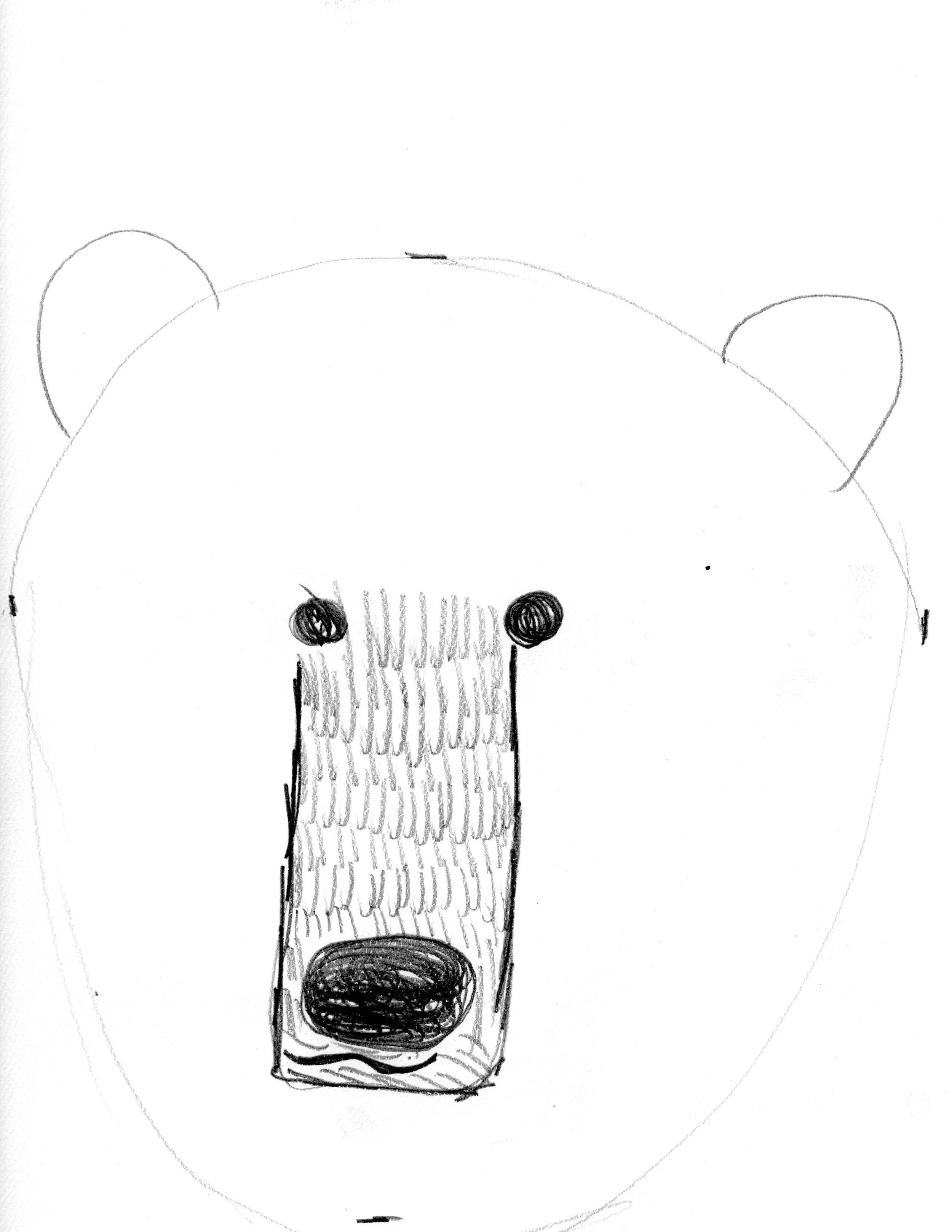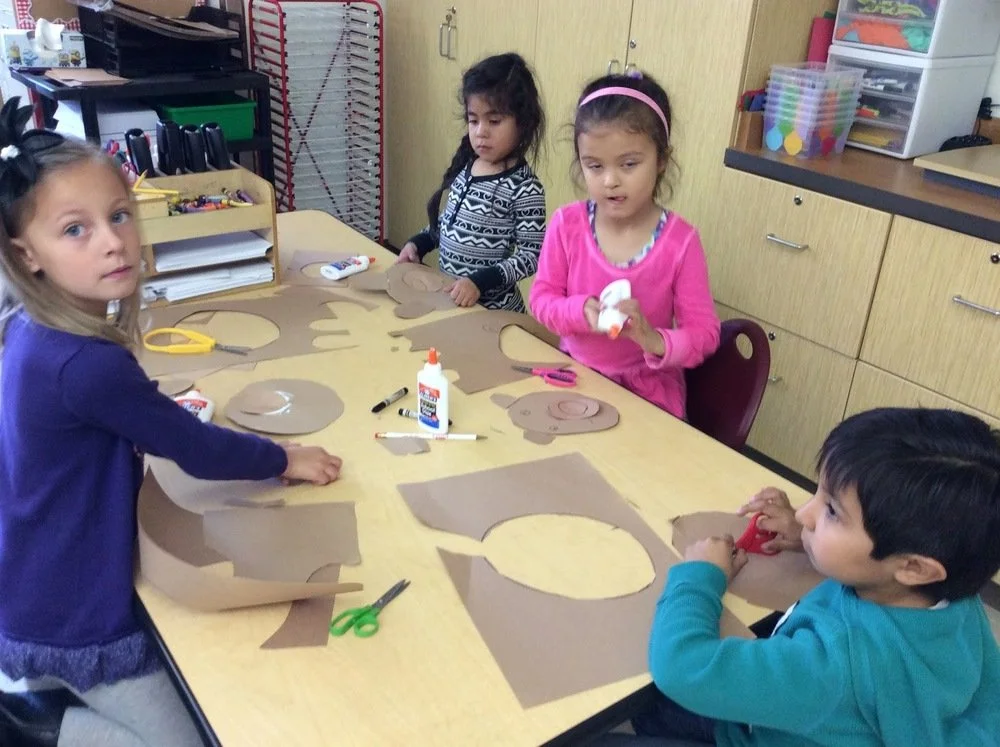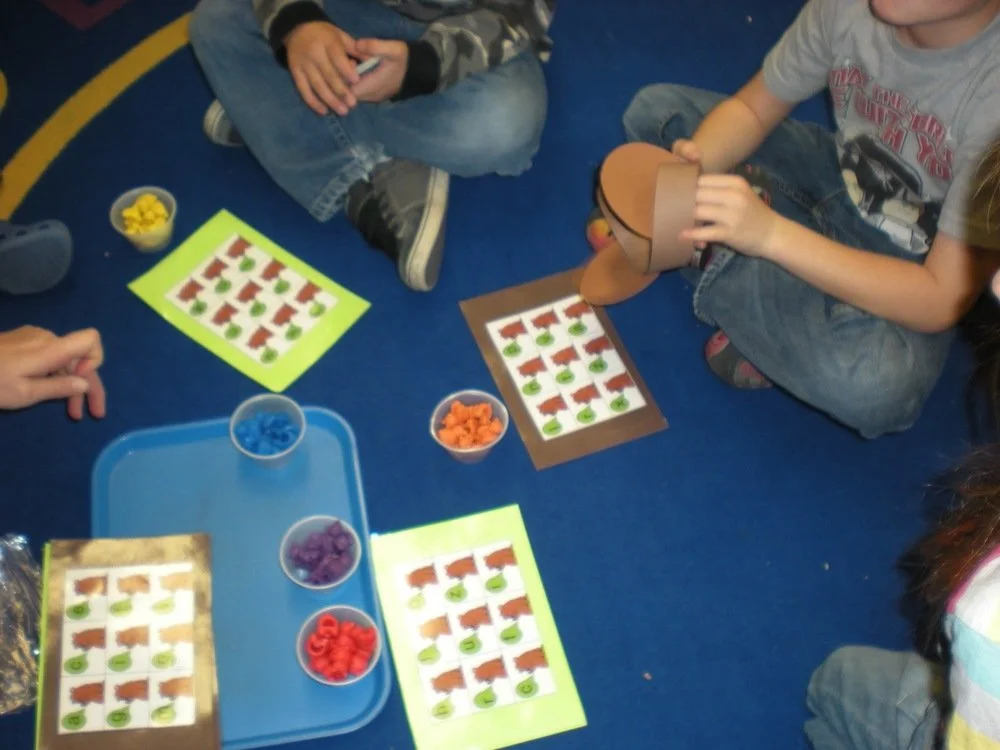Goldilocks and the Three Bears A Thematic Unit
Introduction to Fairy Tales
“Once upon a time…”—these four magical words transport us into the realm of fairy tales, a world where anything is possible. Fairy tales, with their enchanting princesses, formidable castles, cunning wolves, and magical beans, capture the imaginations of both the young and the young at heart. Sharing these stories with children not only entertains but also imparts valuable life lessons. Among my favorites is "Goldilocks and the Three Bears." This tale is ideal for young kids, offering the perfect blend of adventure and moral learning. Here, I will share creative ideas and resources for using the Goldilocks story to encourage imaginative play, language skills, and critical thinking in preschool and kindergarten settings.
The Power of Fairy Tales
As G.K. Chesterton and Neil Gaiman have eloquently noted, fairy tales reveal not just the existence of dragons but also the potential to overcome them. This essence is what makes fairy tales such powerful educational tools. They foster resilience, creativity, and a sense of wonder.
Thematic Units in Early Education
Thematic units are a fantastic approach to learning, especially with preschool and kindergarten children. By integrating multiple subjects into a cohesive theme, students become more engaged and retain information better. Thematic units are not only educational but also incredibly fun!
Goldilocks and the Three Bears as a Thematic Unit
The tale of Goldilocks and the Three Bears is an excellent choice for a thematic unit. It not only incorporates the theme of bears but also allows exploration into family dynamics, seasonal celebrations like Thanksgiving and Christmas, and more. Here's how you can utilize this story in your classroom:
Story Elements and Dramatic Play
Retelling and Reenacting: Encourage children to retell the story in their own words. Use props and costumes for dramatic play. This helps improve language skills and boosts confidence.
Story Charting: Create charts that outline the story’s elements—setting, characters, plot, and resolution. Visual aids like these help young learners understand narrative structure.
Exploring Family Themes
The bear family in Goldilocks’ tale is a wonderful introduction to the theme of families. Here are some activities to facilitate learning:
Family Discussions: Discuss the bear family’s dynamics and compare them with the children's own families. Highlight that families can have different configurations but are united by love and care.
Family Tree Projects: Have students create their family trees, discussing the roles of different family members.
Cross-Curricular Connections
Math: Use the story to introduce concepts like size (big, medium, small) and numbers (counting bears, bowls, chairs).
Science: Explore the habitats and diets of real bears, and discuss seasonal changes in nature.
Resources and Book Recommendations
Introducing children to various versions of Goldilocks and the Three Bears can deepen their understanding and appreciation of the story. Here are a few of my favorite versions:
"Goldilocks and the Three Bears" by James Marshall: A humorous and modern take on the classic tale.
"Goldilocks and Just One Bear" by Leigh Hodgkinson: A delightful twist where Baby Bear grows up and experiences city life.
"Goldilocks and the Three Dinosaurs" by Mo Willems: An engaging and comical adaptation with unexpected characters.
“Santa Clause and the Three Bears” by Lou Peacock: A delight of a Christmas story where the 3 bears step up to save the day.
Goldilocks and the Three Bears offers a treasure trove of educational opportunities. By incorporating this story into thematic units, educators can create a vibrant and engaging learning environment. Through imaginative play, critical thinking activities, and cross-curricular connections, young learners can explore the world of fairy tales while developing essential skills. So, gather your storytelling supplies and embark on this magical journey with your students!

